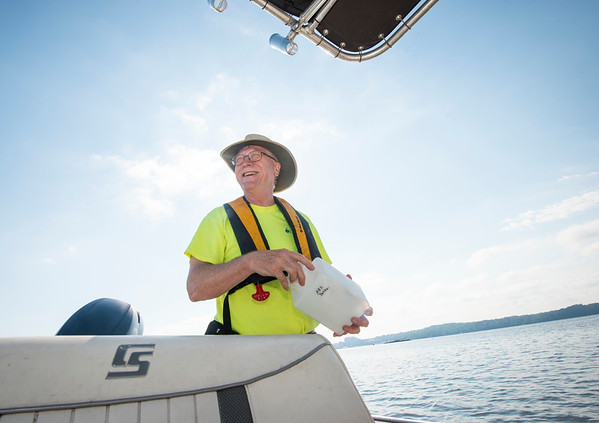Cover photo: Sammie collecting samples, photo by Aileen Devlin, Virginia Sea Grant
Sammie Alexander, a Master’s student of Environmental Science and Policy, is a lead author on her first study, published with Dr. CJ Schlick and Dr. Kim de Mutsert (Read it here). Learn about her journey as a young scientist and researcher and the surprising ways scientific questions can arise.


